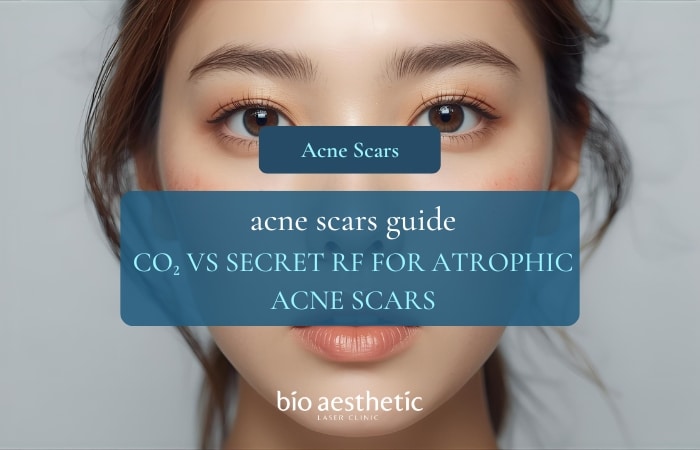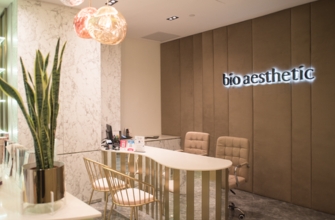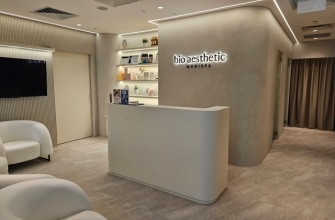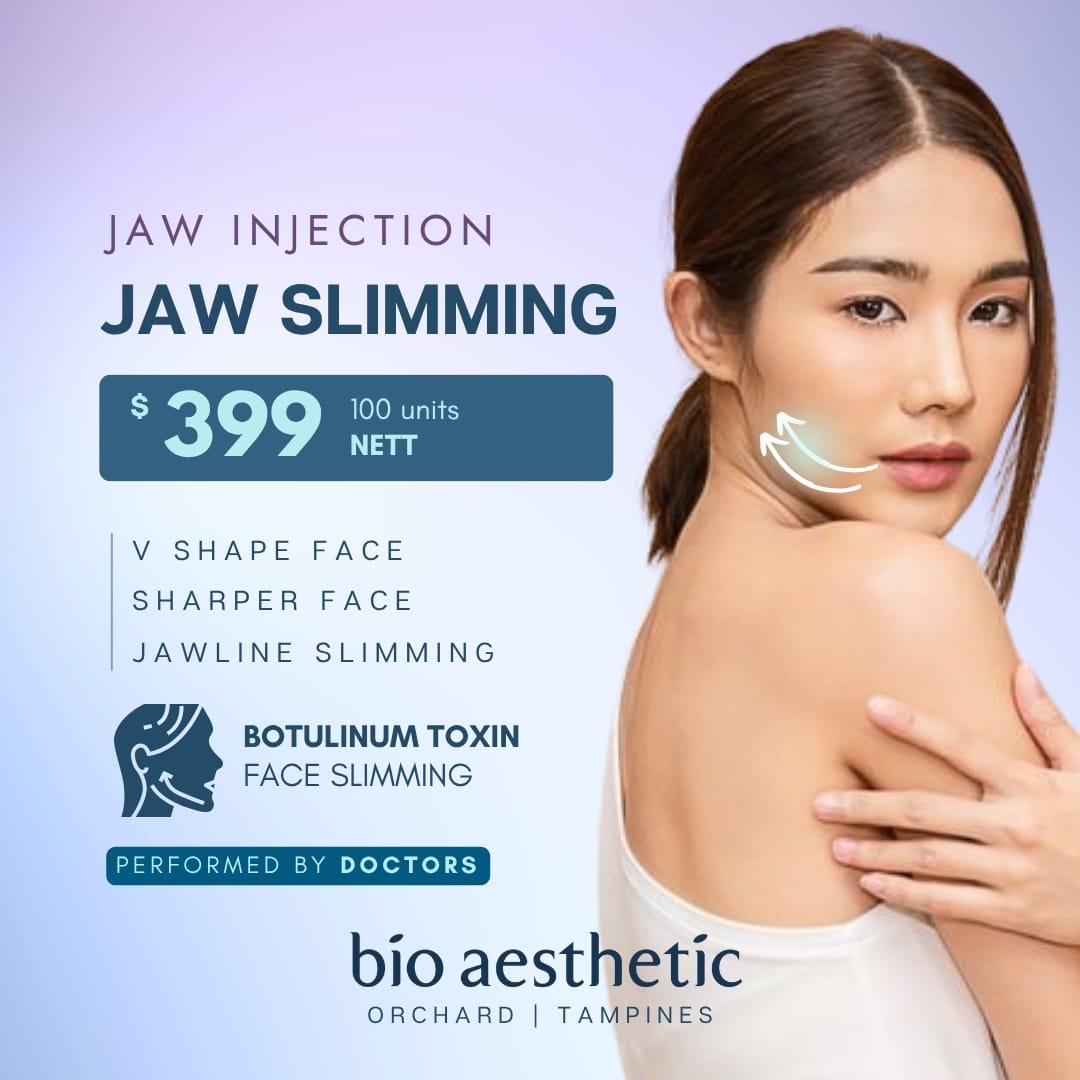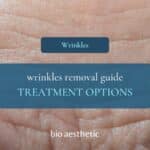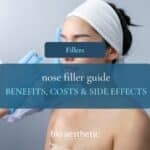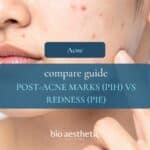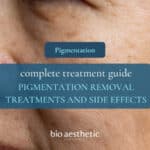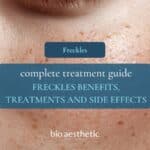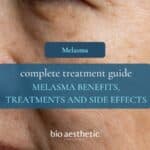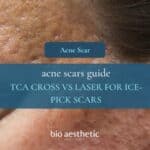Comparing Laser and Radiofrequency Energy for Smoother Skin
When treating atrophic acne scars—especially in Asian skin—two advanced energy-based options are most discussed: Fractional CO₂ laser and Secret RF microneedling. Both stimulate collagen remodelling, but they differ in energy delivery, depth control, downtime, and pigmentation safety. This comparison explains how each modality works and which may suit your skin profile best.
👉 For a full overview of methods, recovery and how they fit together, see acne scar treatment Singapore (options & downtime).
Understanding Atrophic Acne Scars in Asian Skin

Atrophic scars—rolling, boxcar, and ice-pick—form when inflammation destroys dermal collagen, leaving depressions. For Fitzpatrick III–V skin, the priority is achieving visible textural improvement while minimising post-inflammatory hyperpigmentation (PIH).
Treatment choice and energy settings should therefore balance efficacy with epidermal safety.
How Each Modality Works
| Technology | Energy Type | Mechanism | Typical Depth | Ideal Scar Type |
|---|---|---|---|---|
| Fractional CO₂ Laser | Ablative laser (10,600 nm) | Creates micro-columns of controlled ablation to vaporise scar tissue and trigger strong collagen repair. | ~200–1,000 μm (epidermis to mid-dermis) | Boxcar / ice-pick (edge softening & resurfacing) |
| Secret RF Microneedling | Fractional radiofrequency via insulated microneedles | Delivers heat through needles directly into dermis with minimal surface disruption; adjustable depth. | ~300–3,500 μm (precise dermal targeting) | Rolling / mixed scars (collagen remodelling) |
Doctor’s Comparison: CO₂ Laser vs Secret RF in Asian Skin
| Parameter | Fractional CO₂ Laser | Secret RF Microneedling |
|---|---|---|
| Energy Type | Ablative, light-based laser | Fractional radiofrequency (heat) |
| Depth Control | Shallow to mid-dermis; penetration profile is laser-dependent | Highly adjustable (0.5–3.5 mm); targets specific scar depth |
| Effectiveness for Deep Scars | Excellent for boxcar & ice-pick (edge softening) | Strong for rolling & mid-depth scars |
| Downtime | ~5–7 days redness & micro-crusting | ~1–3 days mild erythema / pinpoint marks |
| Risk of PIH in Asian Skin | Moderate–higher if settings too aggressive | Lower; epidermis largely spared |
| Comfort | Topical anaesthesia recommended | Generally well-tolerated with numbing |
| Best Combined With | Subcision / Rejuran S | Subcision; staged with CO₂ for mixed scars |
Doctor’s Insight
“In Asian skin, Secret RF is often the safer starting point because it minimises epidermal trauma while stimulating dermal collagen. For patients needing more dramatic edge-softening and resurfacing, Fractional CO₂ remains the preferred treatment—used conservatively, and frequently combined with subcision or polynucleotide support such as Rejuran S.”
— Dr Vijay Sampath, Medical Director, Bio Aesthetic Laser Clinic
Pros & Cons Summary
| Treatment | Pros | Cons |
|---|---|---|
| Fractional CO₂ Laser |
|
|
| Secret RF Microneedling |
|
|
Which Is Better for Asian Skin?
Secret RF is typically preferred first in patients with mild–moderate rolling scars or a history of pigmentation, given its lower PIH risk and adjustable depth.
Fractional CO₂ suits deeper or resistant scars—particularly boxcar and ice-pick—when used conservatively and often in a staged plan.
Many patients benefit from a combination protocol (e.g., Subcision → Secret RF → Fractional CO₂ → adjunctive Rejuran S) to address different scar depths and maximise collagen remodelling.
Explore how these options fit your overall plan: acne scar treatment Singapore (options & downtime).
FAQs
Is CO₂ better than RF for acne scars?
CO₂ laser generally provides stronger resurfacing for deep boxcar and ice-pick scars, while RF microneedling offers gentler collagen stimulation with lower pigmentation risk. A staged combination is often recommended for mixed scar patterns.
Which is safer for darker or Asian skin?
Secret RF microneedling is usually safer because it delivers heat below the epidermis, reducing PIH risk compared to ablative lasers. If CO₂ is indicated, conservative settings and careful aftercare are key.
Can both treatments be combined?
Yes. Clinics often start with subcision and Secret RF to build tolerance and collagen, then introduce Fractional CO₂ for edge-softening and texture refinement. Adjuncts such as Rejuran S may support dermal repair.
Key Takeaways
- Fractional CO₂ = stronger resurfacing; higher PIH risk if too aggressive.
- Secret RF = safer for Asian skin; shorter downtime; adjustable depth.
- Combination protocols often yield the smoothest, most balanced outcomes.
- Always seek doctor-led assessment to map scar types and set safe parameters.
Next, compare methods, recovery times and how they combine in a personalised plan: acne scar treatment Singapore (options & downtime).

